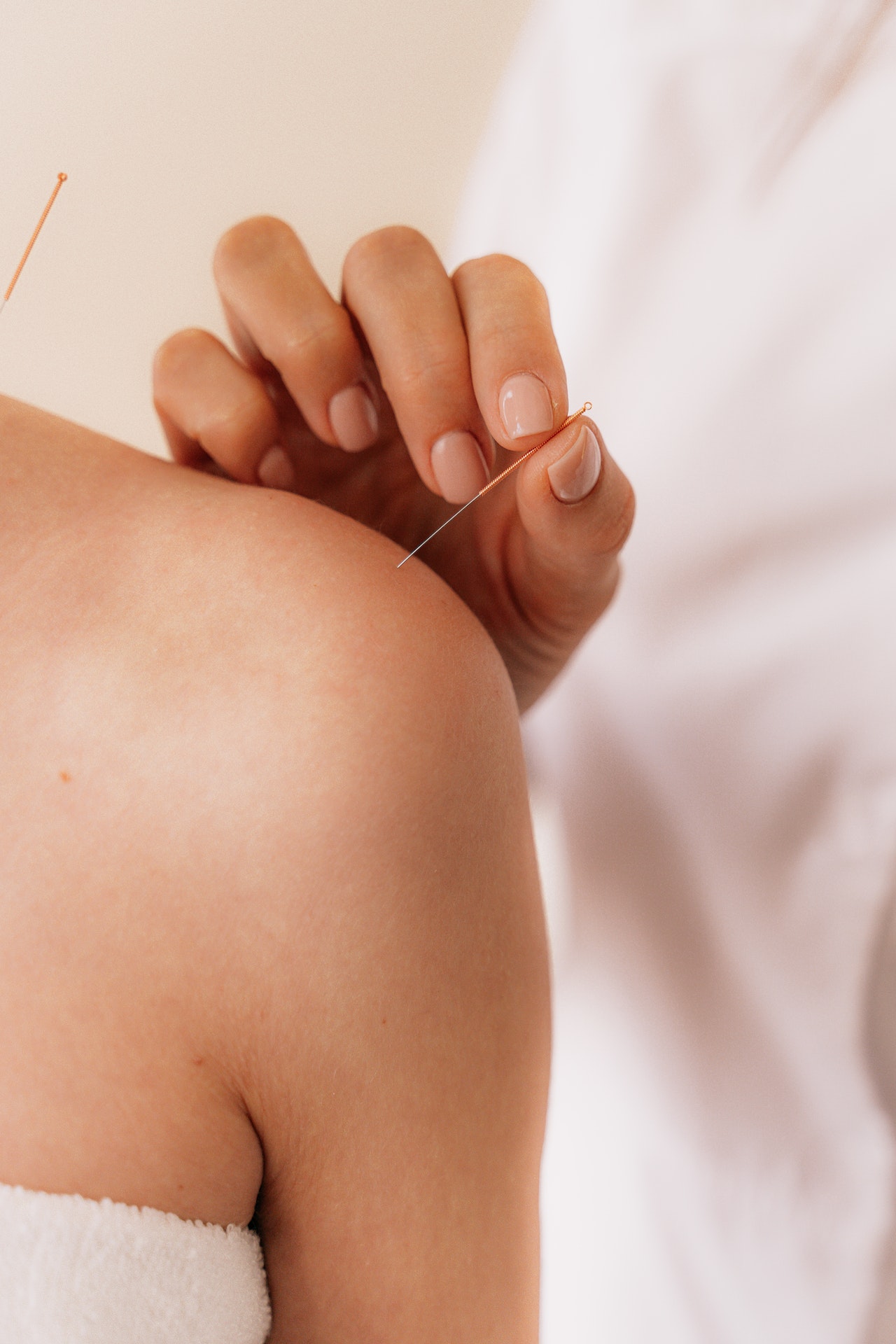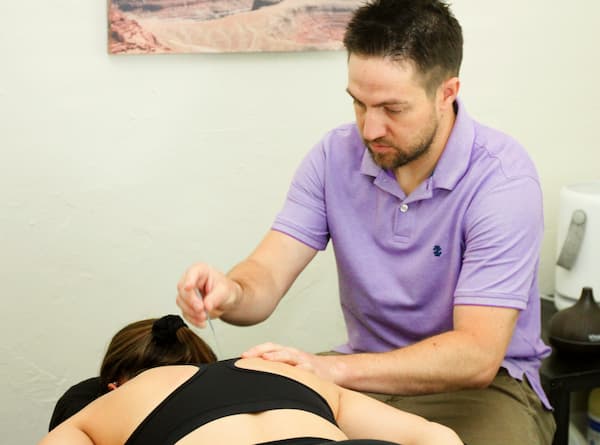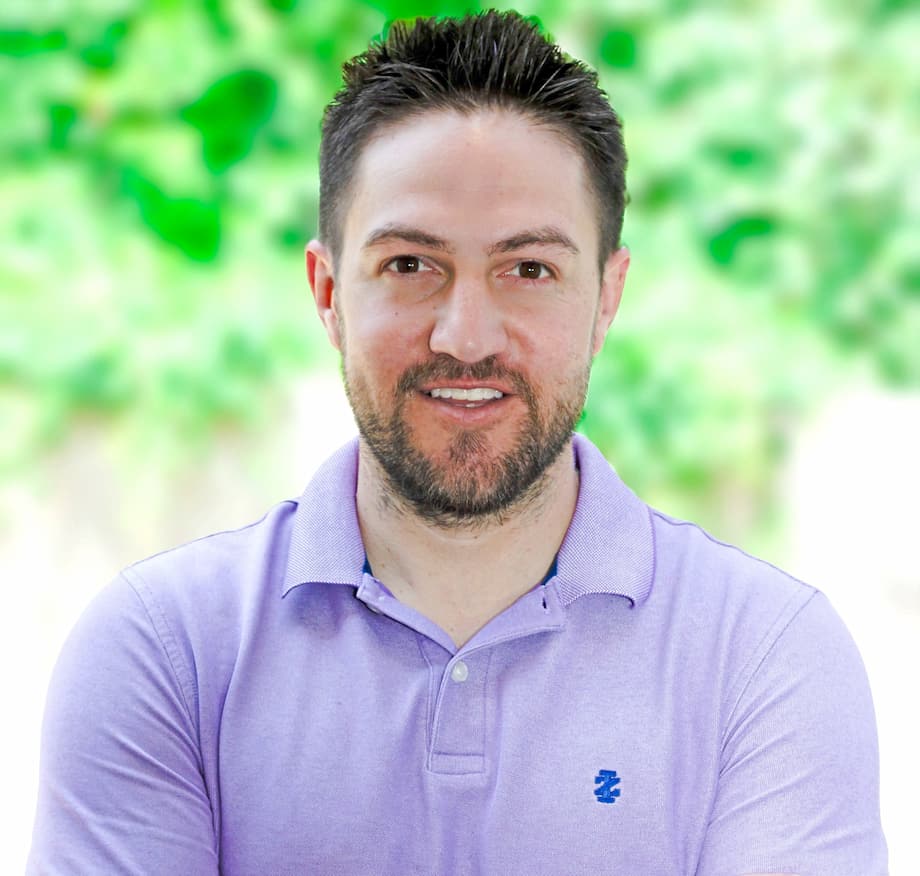Acupuncture

- Acupuncture is a healing practice, where fine needles are inserted into the body to stimulate a person’s innate healing capabilities. Whenever we experience a trauma, our body will naturally direct its resources to the site of that trauma in an attempt to heal whatever has been injured. For example, if you were to sprain your ankle, it will most likely become swollen because your body will send blood, other body fluids and energy to the injured ankle in an attempt to heal the tissues (tendons, ligaments, muscles, etc.) that are involved in that injury. So when a needle is inserted into the body, it creates a micro-trauma, which stimulates the body’s innate healing capabilities, without creating a significant and permanent injury to the body.
- Acupuncture can address a wide range of conditions, including musculoskeltal pain, stress and disorders of the internal organs. Different points (known as acupoints) located in different areas of the body have connections with all of the different internal organs (depending on where the acupoints are located). By stimulating these points, we can address disorders and imbalances that involve internal organ function.
- In most traditional acupuncture treatments, the practitioner will choose 10-30 different acupoints, insert needles into those points, and allow the patient to rest with those needles being retained in their body for 20-30 minutes. This period where the patient is resting with the needles is a very important part of the overall treatment. When needles are inserted into the body and retained, the patient will naturally sink into a more parasympathetic state of being. This is the ‘rest and digest’ part of our nervous system. This will also down-regulate the sympathetic nervous system (the ‘fight or flight’ part of our nervous system). When we go into a more parasympathetic state of being, our body’s natural healing capabilities kick into gear. So when using needles, we are not trying to fix something in the body in a similar way that a mechanic would try to fix a specific part in a machine. We are trying to stimulate the ability to heal that is inherent in all living humans.
- One of the most common things people worry about if they’ve never had acupuncture done to them before is that it is going to be painful…the great fear of the needles! It’s really not as bad as many people imagine. Unfortunately for most of us, our first experience with needles is some type of injection, which can be quite painful. Acupuncture needles are much more fine than injection needles, and they are solid (not hollow), which allows them to be pushed and guided through tissues, rather than severing tissues the way beveled-edged injection needles do. You may feel relatively low levels of pain when acupuncture needles are inserted and manipulated, but once left alone, the painful sensations dissipate.
- Acupuncture can be used to treat most conditions involving pain, digestive disorders, cardiovascular disorders, respiratory disorders, and disorders involving the kidneys, bladder and urinary tract. It is also very effective at reducing stress and anxiety. Everyone responds differently and will have different experiences with acupuncture treatments, but most people will need to do three to six treatments before they begin to see significant and lasting results.
- Call us for more information or click the link below to schedule an appointment!
- Self Pay Pricing:
- Initial Visit: $125
- Follow up Visit: $90
- Cupping only Visit: $60
Conditions that we treat with acupuncture
- Headaches
- Low back pain
- Neck pain
- Stress
- Muscle pain
- Allergies
- Female health
- Pre/Post Partum


Patient Reviews
Patient Reviews
Meet Kyle Guarneros
Kyle is an acupuncturist and herbalist. He trained at the Southwest Acupuncture College (in Boulder, CO) and received his Master of Science in Oriental Medicine in 2016. Kyle specializes in treating pain, stress, common colds/ailments, and internal organ disfunction.

